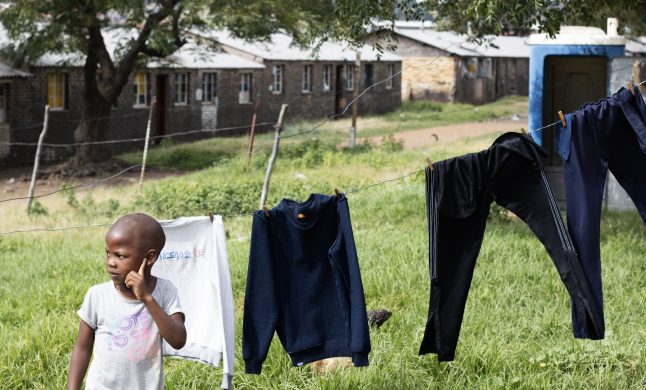58 millioner børn mellem seks og 11 går ikke i skole og det tal har ikke ændret sig meget siden 2007. Mange af dem – omkring 15 millioner piger og 10 millioner drenge – kommer nok aldrig til det, lyder det fra UNESCO.
New UIS (UNESCO Institute for Statistics) data show that 58 million children roughly between the ages of 6 and 11 years are out of school, with barely any change since 2007. According to the new paper released by the UIS and the Education for All Global Monitoring Report, around 43% of those out of school – or 15 million girls and 10 million boys – will probably never set foot in a classroom if current trends continue.
The lack of progress is largely due to high population growth in sub-Saharan Africa, now home to more than 30 million out-of-school children. Most of these children will never start school and those who do are at risk of dropping out. Across the region, more than one in three children who started school in 2012 will leave before reaching the last grade of primary, according to UIS data.
Adolescents also being left behind
The paper also shows critical gaps in the education of older children roughly between the ages of 12 and 15 years. Globally, 63 million adolescents were out of school in 2012. Although numbers have fallen by nearly one-third since 2000 in South and West Asia, the region has the largest population of out-of-school adolescents at 26 million. Sub-Saharan Africa is home to 21 million out-of-school adolescents and their numbers will continue to grow.
Bold education policies offer a way forward
The paper includes analysis by the EFA Global Monitoring Report showing that 17 countries, which accounted for about one-quarter of the global out-of-school population in 2000, have reduced their out-of-school populations by 86%, from 27 million to less than 4 million, in little over a decade.
While all 17 countries face different circumstances, they combined political will with bold education policies to ensure more children could go to school:
Burundi abolished school fees in 2005 and increased the percentage of children enrolled in primary school from 54% to 94% in six years.
Viet Nam introduced a new curriculum that paid particular attention to disadvantaged learners, helping to halve the percentage of children who had never been to school between 2000 and 2010.
Nicaragua helped struggling families offset the costs of schooling in 2000 and the percentage of children who had never been to school fell from 17% in 1998 to 7% in 2009.
Additional resources
UNESCO policy paper: Progress in getting all children to school stalls but some countries show the way forward (PDF, 11 sider)
UNESCO eAtlas on Out-of-School Children has a series of interactive maps presenting global and national data.
Short video, “Data Tell Us”, explains the lack of global progress in ensuring every child’s right to education.
The EFA Global Monitoring Report policy paper, Aid reductions threaten education goals shows that, despite out-of-school numbers stagnating, aid to education has fallen by 10% since 2010.
Skolegang for alle børn er et af FN 2015-mål. Læs mere om målet her: http://www.un.org/millenniumgoals/education.shtml















